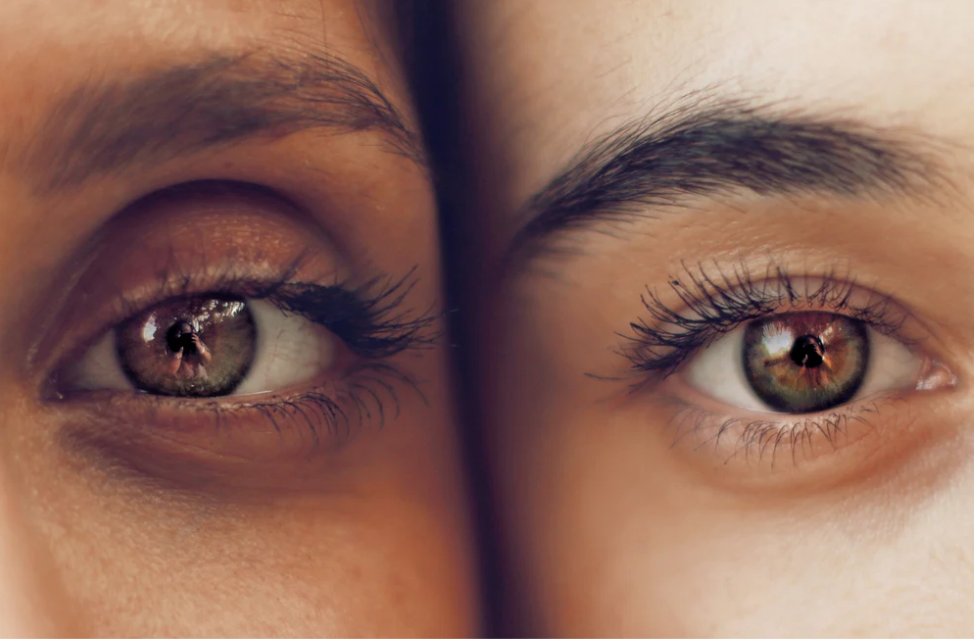
Are LED Eyelash Extensions Safer Than Traditional Lash Adhesives?
LED eyelash extension treatments are growing in popularity, largely due to claims that they reduce exposure to the harsh fumes found in traditional lash adhesives (as the LED 'sets' the lash adhesive faster). These fumes are a common cause of eye sensitivity and allergic reactions, especially with prolonged use.
But here’s the truth: reactions to lash glue are important signals that your eyes need a break. Even though LED lash systems may seem like a gentler option, they still use adhesives. That means you should still follow the same lash extension break schedules recommended for standard treatments to protect your long-term eye health.
Do LED Lash Extensions Emit UV Light?
Beyond adhesives, one key safety question surrounding LED lash treatments is whether they emit ultraviolet (UV) light, which is known to be harmful to the eyes. Unfortunately, there is currently very little transparency around the specific wavelengths used in these systems. To compare to other applications of light in beauty:
- Red LED light therapy devices (like LED face masks) operate at wavelengths around 630 nm, which fall within the visible light spectrum and do not emit UV.
- Gel manicure lamps, on the other hand, often combine blue LED and UVA light to cure polish and need to be kept well away from eyes.
- Tanning beds are well-known for their dangerous mix of UVA and UVB radiation, both of which require protective eye shields to prevent long-term damage.
The Risks of UV Light Exposure During Lash Treatments
If LED lash treatments do use UV or blue light, this raises serious safety concerns -particularly for eye health. UV light is highly damaging to delicate tissues around the eye, even when your eyes are closed during a treatment.
A 2023 study from the University of California, San Diego found that using a UV nail lamp for just 20 minutes resulted in 20–30% cell death in the exposed tissue. That’s a strong warning signal for any use of UV-emitting devices near the eyes.
Keep in mind the following risks specific to the eye area:
- Eyelids are not sufficient protection against UV rays.
- Direct or indirect UV exposure has been linked to sight-threatening conditions e.g.
- Cataracts (clouding of the eye’s natural lens)
- Macular degeneration (irreversible central vision loss)
- Photokeratitis (UV-induced corneal inflammation)
For this reason, clarity on whether a lash system uses UV light is critical before undergoing treatment.
Protecting Your Eyes from Long-Term Damage with Lash Extensions
If you're experiencing eye sensitivity, dryness, or irritation from lash extensions or LED systems, consider giving your eyes the break they deserve. Tools like our Heated Eye Wand offer gentle, at-home relief to soothe dry eyes, reduce inflammation, and restore comfort in-between extensions. Look for ingredients like Coconut Oil and Chamomile Extract in your eyecare products to improve lash strength and calm irritation.
DISCLAIMER:
The information, including but not limited to, text, graphics, images and other material contained on this website are for informational purposes only. No material on this site is intended to be a substitute for professional medical advice, diagnosis or treatment. Always seek the advice of your physician or other qualified health care regimen, and never disregard professional medical advice or delay in seeking it because of something you have read on this website.
Leave a comment (all fields required)
Comments will be approved before showing up.


